The good and bad news on climate change

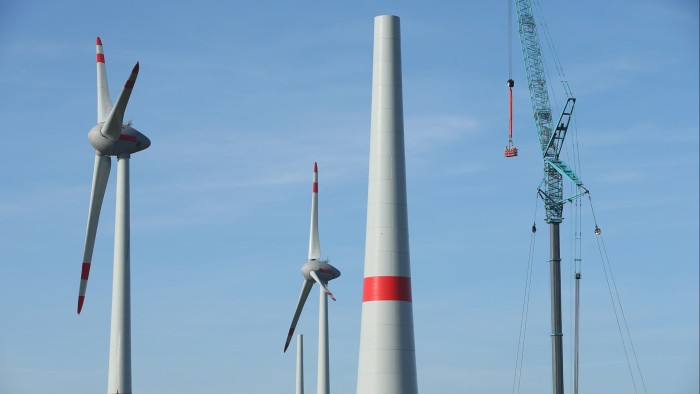
Simply sign up to the Climate change myFT Digest -- delivered directly to your inbox.
In containing runaway climate change, humanity is, predictably, succeeding at what it does best — technological innovation — and failing at what it does worst — reaching difficult political agreements.
The question is whether the successes of the former will outweigh the failures of the latter. The answer is that the odds have improved, but they are still not good enough.
By now, there is less doubt over whether technology will, in time, triumph. That was not how it looked two decades ago. But the combination of technological innovation with learning by doing has led to a huge reduction in the cost of renewable energy. Solar and wind are increasingly competitive with conventional fuels. An energy system based on clean electricity is now conceivable.
Given, in addition, renewable energy’s other advantages — less local pollution and wider geographical distribution of energy-generating resources — it will win, in the end. But “in the end” is likely to be too late. The energy transition needs to accelerate. Time matters.
These points come out powerfully from the International Energy Agency’s latest World Energy Outlook.
On the optimistic side, it argues for the first time that, under its “stated policies scenario” (STEPS), based on governments’ actual policies, “each of the three fossil fuel categories [oil, natural gas and coal] is now projected to reach a peak by 2030”. That is the first time this result has emerged under this scenario.
On the pessimistic side, however, even these large and ongoing shifts away from today’s overwhelming reliance on fossil fuels will not be enough to achieve net zero emissions by 2050. On the contrary, consumption of oil and natural gas is forecast to plateau after 2030, not fall sharply, as is needed. That would require much faster deployment of clean energy technologies and, therefore, higher investment than is now expected.
This pessimism may be understood in two ways.
The first is that the global average surface temperatures are already at least 1.1C above pre-industrial levels, while emissions of greenhouse gases have not yet even peaked. On our present path, there is next to no chance of limiting the global temperature increase to below 1.5C, as scientists recommend.
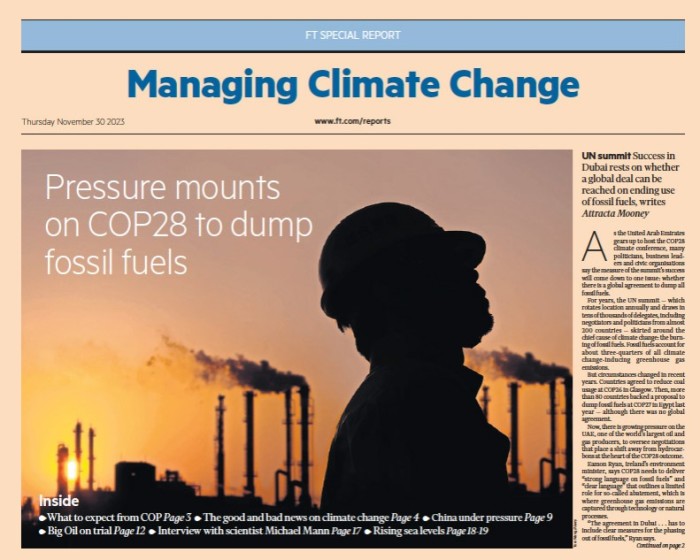
This article is part of an FT special report on Managing Climate Change, publishing on Thursday, November 30, at the start of the COP28 summit.
The second is that moving more rapidly in a better direction, as defined by the IEA in its “net zero emissions (NZE) by 2050” scenario, will require increased investment in clean sources and so both stronger incentives and more finance.
This last point will be particularly important for emerging and developing countries (other than China), where finance is in short supply, partly because these destinations are deemed so risky by investors.
Fortunately, the higher investment needed in clean energy is more dependent on redirection away from investment in fossil fuels than on a big overall increase.
Investment in fossil fuels is expected to be about 60 per cent of investment in clean sources in 2023. This ratio would fall to 10 per cent in 2030, under the NZE 2050 scenario.
Given this huge shift in the composition of investment, overall energy investment need only increase from 3 to 4 per cent of world output between 2023 and 2030.
The question, then, is how to implement what looks to be a more feasible and less costly transition.
The policy challenge this raises is to create a supportive policy framework. This must cover incentives, regulations and financing. On the last of these, for example, the big challenge is to get finance to flow to emerging and developing countries. Part of the solution is to use the balance sheets of multilateral development banks more imaginatively.
Yet behind such relatively technical policy challenges lie political obstacles. These are, above all, distributional.
The high-income countries, which benefited from emissions-intensive growth in the past, need to help the poorer ones transition to a different path now. Not surprisingly, they expect no domestic political benefit to come from making any such large-scale transfers of resources abroad.
Equally little benefit will come to producers of fossil fuels, such as the United Arab Emirates, host of COP28, from accelerating the transition away from what they depend on. No more do businesses engaged in the fossil fuel industry wish to advance this shift.
Again, relatively poor people, even in rich countries, do not wish — or feel unable — to bear the costs of a brand new electric car, a heat pump, or better insulation, if they are to switch to a low-emissions lifestyle. They will need significant help. But that, too, will create political difficulties.
Will COP28 accelerate the shift to clean energy? The answer depends heavily on how these distributional difficulties — both global and domestic — are dealt with. The energy transition has, indeed, become more feasible and cheaper than one used to think. That offers an opportunity. Yet costs are still to be borne. The negotiations will only succeed if the countries and the people with broader shoulders are prepared to do so.
Martin Wolf is the FT’s chief economics commentator
Letter in response to this comment:
Energy solutions must be low cost and low carbon / From Nick Butler, London SW4, UK
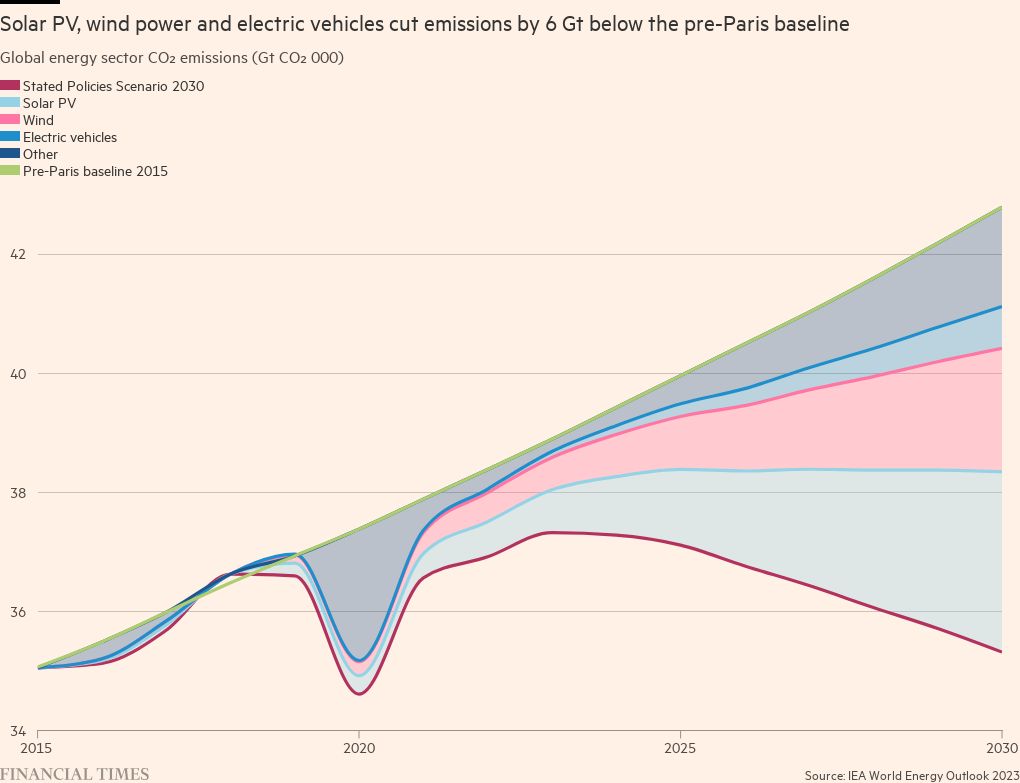
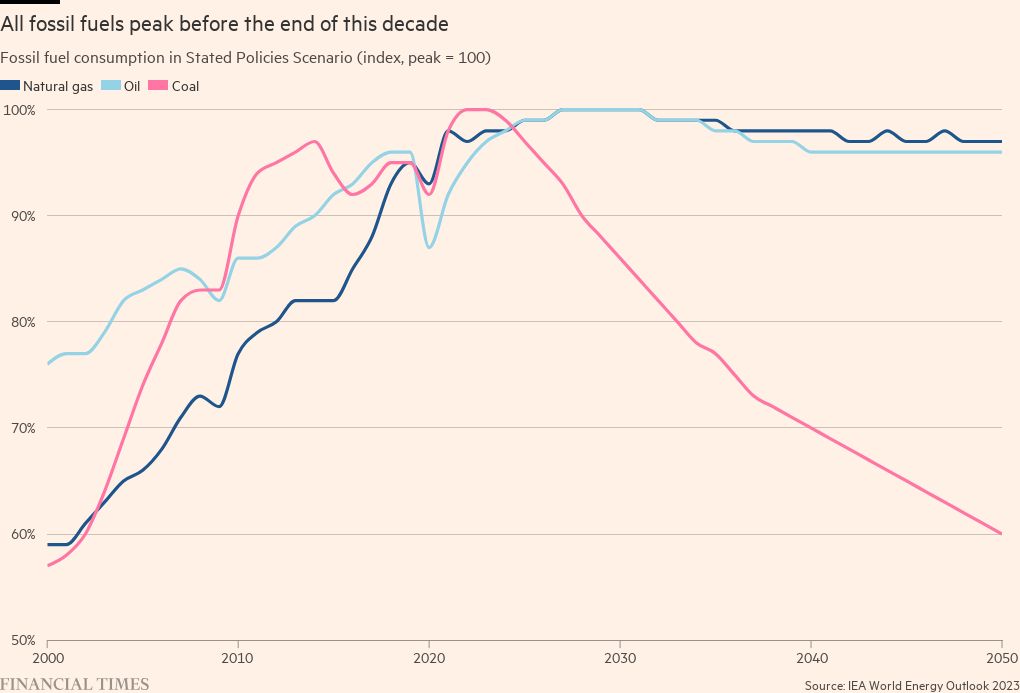
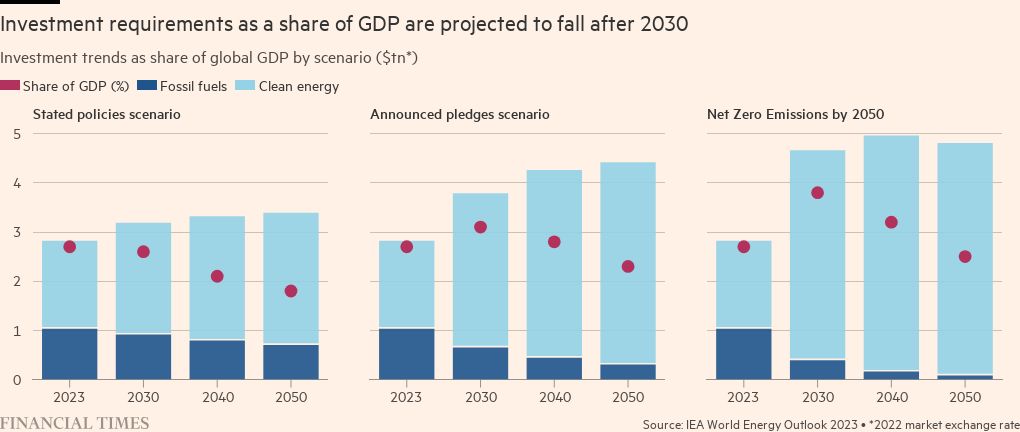

Comments